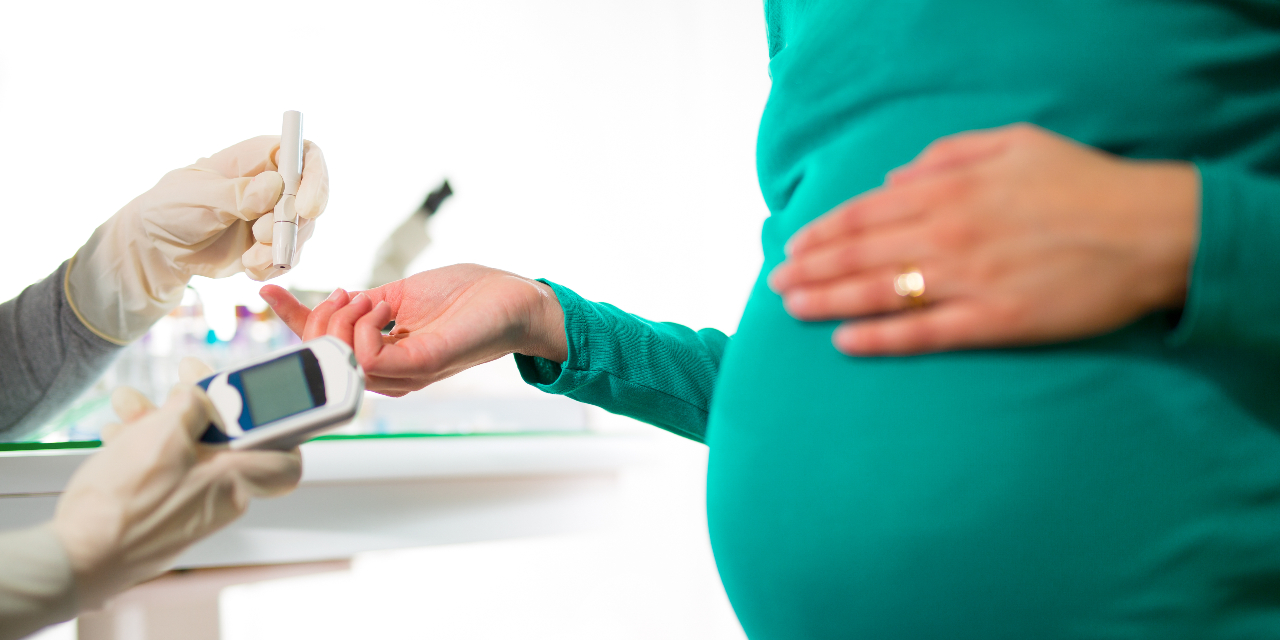Gestational diabetes is a type of diabetes that develops during pregnancy. It occurs when the body is unable to produce enough insulin to properly regulate blood sugar levels. This can be due to hormonal changes that happen during pregnancy, as well as other factors such as obesity or a family history of diabetes.
Symptoms of gestational diabetes
Symptoms of gestational diabetes can be subtle and may not appear until later in pregnancy. Some common symptoms include increased thirst, frequent urination, and blurred vision. Women may also experience fatigue and a general feeling of malaise. In some cases, there may be no symptoms at all.
Risk factors for gestational diabetes include being over the age of 25, having a family history of diabetes, being overweight or obese, having a history of gestational diabetes in a previous pregnancy, or having certain ethnic or racial backgrounds such as African American, Hispanic, or Native American.
Diagnosis of gestational diabetes
Diagnosis of gestational diabetes is typically made through a glucose tolerance test. This test measures the body’s ability to handle glucose and is usually done between 24 and 28 weeks of pregnancy. If the test results are abnormal, a diagnosis of gestational diabetes will be made.
Treatment for gestational diabetes
Treatment for gestational diabetes typically involves a combination of diet, exercise, and medication. The goal of treatment is to keep blood sugar levels within normal range to ensure the health of both the mother and the baby.
Diet and exercise are the first line of treatment for gestational diabetes. Women are typically advised to eat a diet that is low in sugar and refined carbohydrates, and to get regular exercise. This can help the body use insulin more effectively and control blood sugar levels.
Medications may also be used to help control blood sugar levels. The most common medications used for gestational diabetes are insulin and oral hypoglycemic agents. Insulin is a hormone that helps the body use glucose for energy. Oral hypoglycemic agents work by increasing the body’s sensitivity to insulin.
In addition to these treatments, regular monitoring of blood sugar levels is important to ensure that they remain within a safe range. This may include regular check-ins with a healthcare provider, as well as self-monitoring at home.
It’s important to note that women with gestational diabetes are at an increased risk of developing type 2 diabetes later in life. Therefore, it is important for women who have had gestational diabetes to have regular check-ups and screenings for diabetes after the birth of their child.
In conclusion, gestational diabetes is a type of diabetes that occurs during pregnancy. Symptoms can be subtle and may not appear until later in pregnancy, but if left untreated, it can lead to serious complications for both the mother and the baby. Treatment for gestational diabetes typically involves a combination of diet, exercise, and medication, along with regular monitoring of blood sugar levels. With proper care and management, most women with gestational diabetes can have a healthy pregnancy and delivery.

 Home
Home Health
Health Diet & Nutrition
Diet & Nutrition Living Well
Living Well More
More












